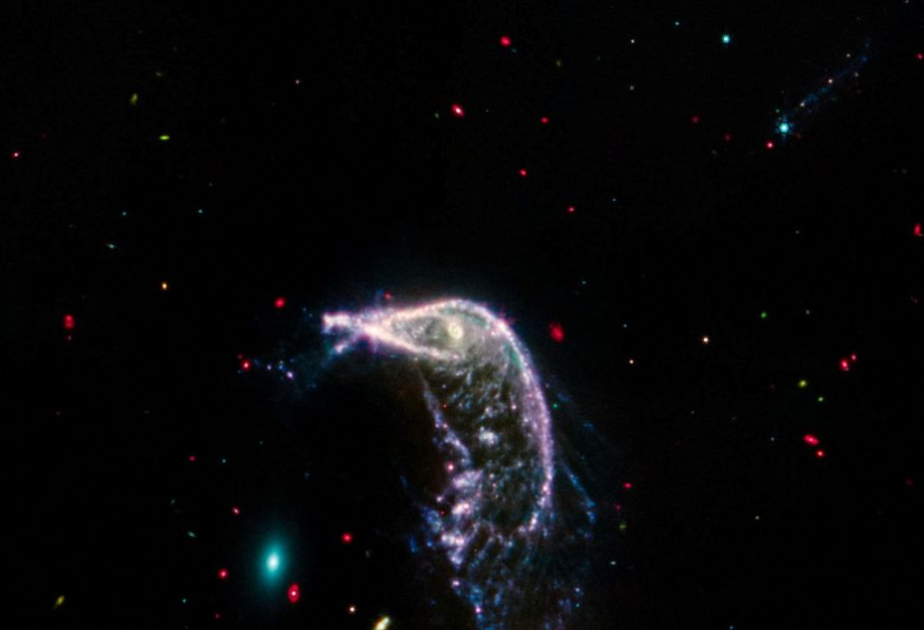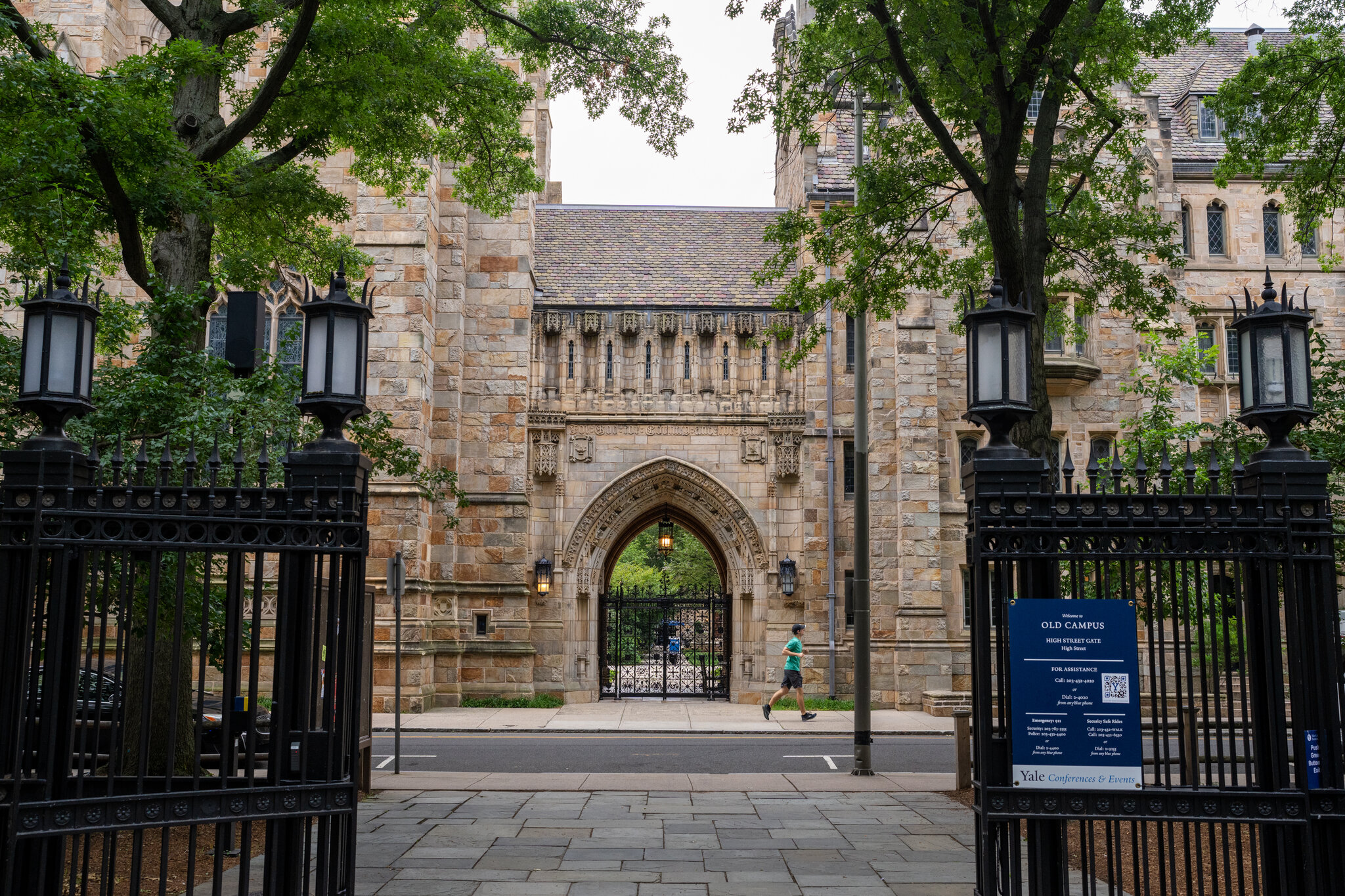NASA has issued a spectacular new image taken by the $10 Billion James Webb Space Telescope to celebrate its second anniversary. Exactly two years after its first science images in July 2022, the space agency has released this new image, above of an object called Arp 142, according to Forbes magazine.
The image shows two distant galaxies interacting with each other, which collectively resemble a penguin guarding an egg.
At 326 million light-years from the solar system in the southern constellation, Arp 142 are two galaxies—one spiral and one elliptical—that appear to have passed each other closely about 25 and 75 million years ago, causing new stars to form in the “Penguin.” The center of that galaxy, called NGC 2936, can be seen as the penguin’s eye. The “egg” galaxy, NGC 2937, isn’t producing new stars.
The new image is available to download from NASA in a few different versions, including some as hi-res as 48 megapixels.
JWST is the most ambitious and complex space science telescope ever constructed. Its studies the solar system, exoplanets and the first galaxies, and explores the mysteries of the origins of the cosmos.By detecting infrared light, JWST can look further back in time than any other telescope and see the earliest galaxies just after they were formed.
JWST's “first light” images, published on July 12, 2022, comprised stunning images that showcased just what NASAs powerful infrared space telescope was capable of. They included images of Stephan’s Quintet galaxies, the Carina Nebula and the Southern Ring Nebula.
The Carina Nebula (above) is 7,600 light-years away and 300 light-years across. One of the largest nebulas in the night sky, it's 500 times larger than the Orio Nebula close to the stars of Orion’s Belt.
They were soon followed by JWST's most epic image yet, a redux of the famous “Pillars of Creation" image (above), originally taken by the Hubble Space Telescope in the 1990s. The iconic image showed the fingers of interstellar gas and dust in the Eagle Nebula about 7,000 light years distant in the constellation Serpens. It’s a region where new stars are forming within dense clouds of cool gas and dust.
Exactly a year ago, NASA released JWST's image of the Rho Ophiuchi cloud complex, the nearest star-forming region to us at 390 light-years from the solar system. The image showed about 50 sun-sized stars surrounded by thick dust cocoons and red jets of molecular hydrogen.
JWST is the most ambitious and complex space science telescope ever constructed, with a massive 6.5-meter primary mirror that can detect the faint light of far-away stars and galaxies. It’s designed solely to detect infrared light emitted by distant stars, planets and clouds of gas and dust.
It’s observing from about a million miles from Earth, but can see light from the first stars and the earliest galaxies.
Webb is a joint venture between NASA, ESA, the Canadian Space Agency (CSA) and the STScI. It’s named after James E. Webb, NASA’s administrator during a portion of the Apollo era.


















